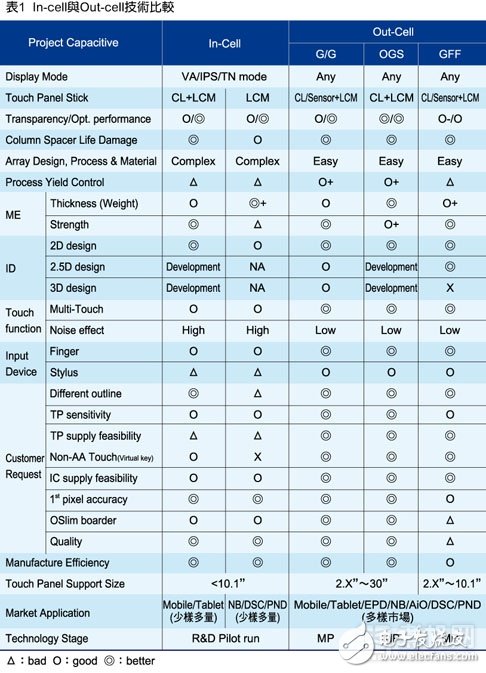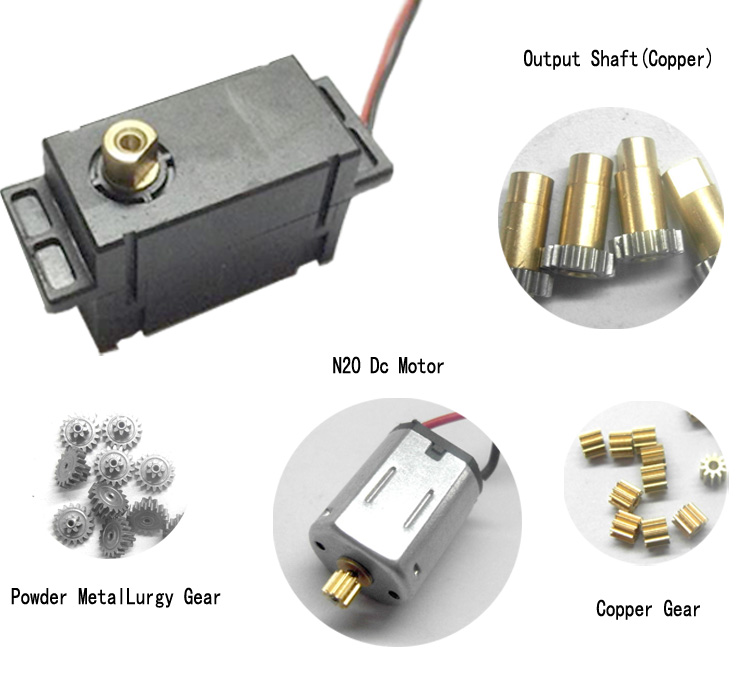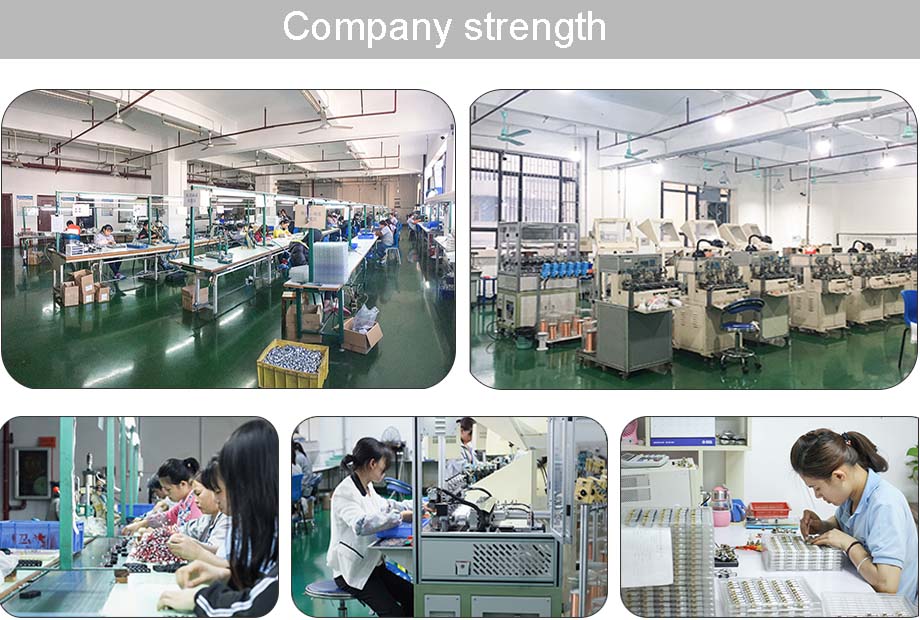Regarding the speculation of the screen concept, from the previous IPS, AMOLED, SLCD panel battle, to the current slogan, I am OGS full-fit screen, how to light, transparent, and the image "emerges" on the screen, Apple seems to be more For the "high end", the concept of In-cell/On-cell has been transmitted. The cooker does this science on the OGS/In-Cell/On-Cell screen, and strives to be easy to understand, and hopes to let everyone know the truth in the simplest way. To thoroughly understand the screens of In-Cell/On-Cell/OGS, etc., you must first know the basic structure of the screen. From top to bottom, the basic structure of the screen is divided into three layers, the protective glass (the upper part of the orange glass marked with the cover glass), the touch layer (a little blue dotted line in the figure, marked with X, Y part) , display panel. There is nothing to say about protective glass, Corning Gorilla Glass is. The touch layer is composed of an ITO touch film and an ITO glass substrate. The display panel can be subdivided to a high degree, here only roughly arranged: from top to bottom, respectively, the upper glass substrate (the area marked with a color filiter in pink, that is, the color filter substrate), the liquid crystal layer (blue strip), the lower Glass substrate (the area marked with Array in pink, that is, the thin film transistor substrate). Finally, it should be pointed out that between the protective glass/touch layer and the display panel, the general bonding technique will form a layer of air (ie, the golden area marked with Bonding in the figure), if the full-fit technique is used to remove this The layer of air, the screen reflection will be greatly reduced, it will be more transparent when the screen is lit, and it will be darker when the screen is off, without a gray look. The traditional G/G and GFF screens are all of the standard protective glass + touch layer + display panel layer structure, the difference is the touch layer. The touch layer of the G/G screen is composed of a layer of ITO glass substrate +1 layer ITO touch film, and the touch layer of the GFF screen has 2 layers of ITO glass substrate + 2 layers of ITO touch film (ITO: X and ITO). :Y). Obviously, the G/G screen is thinner. Today, the OGS screens and In Cell/On Cell screens that are advertised by various manufacturers are worthy of being boasted because they are all structures that protect the glass layer + display panel layer, and have a touch layer that is thinner and lighter. Where is the touch layer in the middle? This is precisely the key to distinguishing the In Cell/On Cell screen from the OGS screen. The In Cell/On Cell screen integrates the touch layer and the display panel. The OGS screen integrates the protective glass layer and the touch layer. In order to compete for the right to speak in the industry, touch module manufacturers push OGS, while display panel manufacturers such as LG, Samsung, Sharp, etc. push In-Cell/On-Cell. There may be people who are trying to get to the bottom. Since the In Cell screen and the On Cell screen both integrate the touch layer and the display panel, how do you distinguish between In Cell and On Cell? This is related to the position where the ITO film is embedded in the display panel. The so-called On Cell is to put the ITO touch film on the upper glass substrate of the display panel. This is what Samsung's Galaxy flagship has done. As for In-Cell, the ITO touch film is placed on the display panel. Under the upper glass substrate, it is generally fused with the liquid crystal layer, and the representative model is Apple's iPhone 5. In-Cell, On-Cell, and OGS have different screens, such as the degree of lightness, display efficiency, manufacturing cost, and yield. Here is a basic summary: 1. OGS is the best in terms of screen transparency and visual effects, followed by In-Cell and On-Cell. So, how to infiltrate the In-Cell/On-Cell, how good the visual effect is, you can rest. Whether it is iPhone5 or Samsung Galaxy S4, the pure screen transparency is actually not as good as some domestic mobile phones that use OGS screen, such as Meizu MX3. 2. The degree of lightness, in general, In-Cell is the lightest and thinnest, which is one of the reasons why the iPhone uses a metal body and can be extremely thin and light. OGS is second, and On-Cell is slightly worse than the former two. 3. Screen strength (impact resistance, anti-fall), On-Cell is the best, OGS is second, and In-Cell is the worst. It should be pointed out that OGS integrates Corning's protective glass and touch layer directly. The processing process weakens the strength of the glass and the screen is fragile. As for why the In-Cell screen is not strong enough, I don't know why. This may be related to Apple's own In-Cell pursuit of extreme thinness. The Lumia 920 is also an In-Cell screen, but it has a good auxiliary design/ Measures to enhance the screen's resistance to impact and fall. In addition, it should be pointed out that because the In-Cell fuses the touch layer with the liquid crystal layer, once the touch screen has a problem, it needs to be replaced together with the display panel. 4. In terms of touch, OGS's touch sensitivity is better than On-Cell/In-Cell screen, but sometimes it is not a good thing. OGS technology is not enough. Ultra-high sensitivity is easy to “jump the screenâ€. Fine dust, sweat and water vapor can cause “misoperation†of the touch screen. For example, the first batch of MX3 machines is more serious. For multi-touch, finger, Stylus stylus support, OGS is actually better than In-Cell/On-Cell. In addition, because the In-Cell screen directly fuses the touch layer and the liquid crystal layer, the sensing noise is large, and a special touch chip is needed for filtering and correction processing. OGS screens are less dependent on touch chips. 5. Technical requirements, In-Cell/On-Cell are more complicated than OGS, and the production control is more difficult. 6. In terms of yield, the previous In-Cell screen yield is low, which greatly affects the supply of iPhone 5 and other products, but as the manufacturers continue to invest, the technology is maturing, In-Cell/On-Cell screen The yield is already at the same level as OGS, and large-scale shipments are not a problem.
Lock Motor product introduction:
Intelligent Lock Motor, also known as
electronic locks, the product effectively combines the advantages of
traditional electronic locks and electromagnetic lock overcame the electric
lock too much noise, electromagnetic lock power shortage and the development of
new products, and spiritual compared with electric control lock and magnetic
locks, lock its performance more perfect, more obvious advantages.
Functions: it is widely used in various
intelligent locks, such as Shared bicycle lock, fingerprint lock, glass lock,
safe lock, hotel lock, family lock, inductive smart lock, etc
Features:Lock motor is based
on micro precision reducer development, small intelligent micro precision
reducer can do 10 mm in diameter, is widely used in safe, locks, smart locks,
sensor intelligent lock;
This kind of motor has the characteristics
of low noise, low energy consumption, small volume, light quality, high
precision, large torque and durability
Method of use: the best stable in horizontal plane, installed on the lock motor output shaft parts, cannot use a hammer to knock, knock prone to press into the dc lock motor drive, may cause damage to internal components, and cannot be used in the case of blocked.
Operating temperature range:
lock motor should be used at a temperature of -10~60℃.
The figures stated in the catalog specifications are based on use at ordinary room temperature catalog specifications re based on use at ordinary room temperature (approximately20~25℃.
If a lock motor is used outside the prescribed temperature range,the grease on the gearhead area will become unable to function normally and the motor will become unable to start.Depending on the temperature conditions ,it may be possible to deal with them by changing the grease of the motor's parts.Please feel free to consult with us about this.
Storage temperature range:
lock motor should be stored ta a temperature of -15~65℃.
In case of storage outside this range,the grease on the gearhead area will become unable to function normally and the motor will become unable to start.
Service life:
â—Use with a load that exceeds the rated torque
â—Frequent starting
â—Momentary reversals of turning direction
â—Impact loads
â—Long-term continuous operation
â—Forced turning using the output shaft
â—Use in which the permitted overhang load or the permitted thrust load is exceeded
â—A pulse drive ,e.g.,a short break,counter electromotive force,PWM control
â—Use of a voltage that is nonstandard as regards the rated voltage
â—Use outside the prescribed temperature or relative-humidity range,or in a special environment.
â—Please consult with us about these or any other conditions of use that may apply,so that we can be sure that you select the most appropriate model.
when it come to volume production,we're a major player as well .each month,we rurn out 600000 units,all of which are compliant with the rohs directive.Have any questions or special needed, please contact us, we have the engineer group and best sales department to service to you
Looking forward to your inquiry. Welcome to our factory.
Lock Motor Lock Motor,Intelligent Lock Motor,Smart Lock Motor,Fingerprint Lock Motor Shenzhen Shunchang Motor Co., LTD. , https://www.scgearmotor.com



